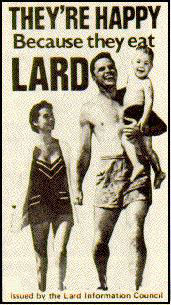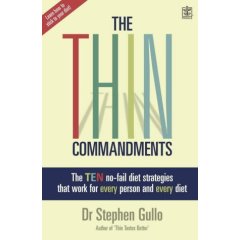Pork Lard Better Than Butter?
 When I was a child, we ate a lot of ground beef. Hamburger Helper, spaghetti, curry stew, and lasagna all had their basis in ground beef. I remember learning how to make these dishes as a child and my parents taught me to carefully drain off the fat into a large tomato can that resided by the side of the stove. I asked what we saved the fat for. I remember my Dad telling me that some people used it to fry food and poor people even used it on their bread instead of butter, but we just throw it away when the can gets full because it’s not healthy. We used Crisco to fry and margarine on our bread.
When I was a child, we ate a lot of ground beef. Hamburger Helper, spaghetti, curry stew, and lasagna all had their basis in ground beef. I remember learning how to make these dishes as a child and my parents taught me to carefully drain off the fat into a large tomato can that resided by the side of the stove. I asked what we saved the fat for. I remember my Dad telling me that some people used it to fry food and poor people even used it on their bread instead of butter, but we just throw it away when the can gets full because it’s not healthy. We used Crisco to fry and margarine on our bread.
Little did we know, trans-fat (or hydrogenated oils) were the primary ingredient of our “healthy” replacements. Pork lard is different from the beef lard, of course, but the idea for this New York Times article is the the same. Maybe animal-based fats aren’t nearly as bad for us as those trans-fatty ones we’ve been eating since childhood.
In my house, our ground beef can is a tiny mushroom can shoved into the back of the refrigerator. It usually molds before we add to it and is thrown away when I go on a cleaning binge. I don’t know what is right when choosing which fats to cook with. Hopefully, they’ll figure it out in our lifetimes.
 Buy Walking Videos
Buy Walking Videos

